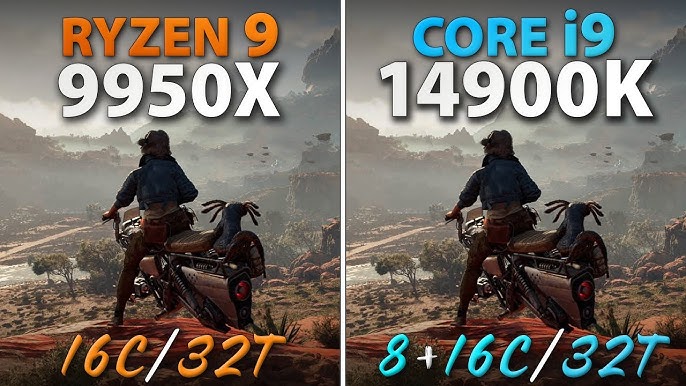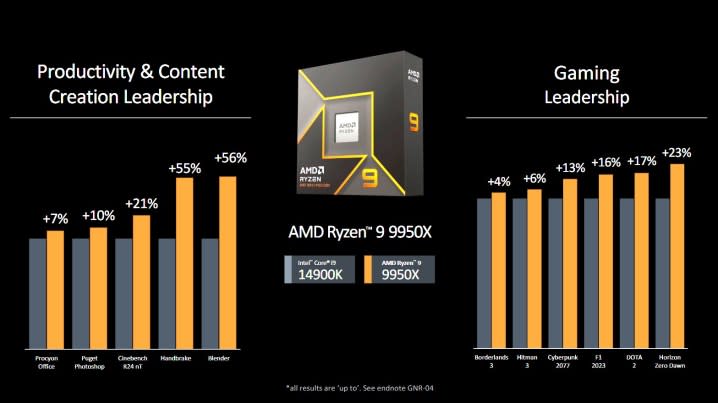But AMD’s approach is cheaper
Intel recently once again boasted of a monstrous specialized Xe-HPC Ponte Vecchio processor , consisting of 47 “tiles”.

Intel: “Our tiles are better than AMD chiplets.” The company claims that its approach to creating new processors is more technological.
To create such a solution, the company uses, among other things, the Foveros volumetric layout technology. At the same time, the new head of Intel claims that this approach is better than that of AMD. Recall that AMD uses chiplets, that is, in fact, just separate chips on a common substrate.
Pat Gelsinger said that Intel’s three-dimensional layout technology is ideal and makes it possible to make not chiplets, but the very tiles, arguing that the latter is more technologically advanced.
One of the great things that I found when I returned is that, despite some process problems, 3D packaging technology is perfect. And this gives us the opportunity to make tiles, not chiplets. Thanks to this packaging technology, we can eliminate buffer interconnects, which are actually like a long wire on a chip.
And this packaging technology is part of what gives us a really cool advantage in the next generation of our process roadmap, where we can mix and match tiles from different workflows, lump them together like it’s a single chip. We will move from system-on-a-chip to system-on-a-case
Intel’s approach is technologically more complex and does allow for more flexibility in mixing completely different chips, but AMD’s approach is simpler and cheaper. Which one will win in the near future is anyone’s guess.




